
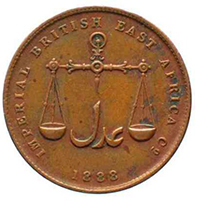
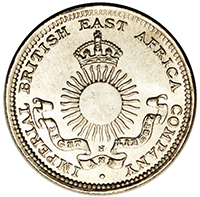
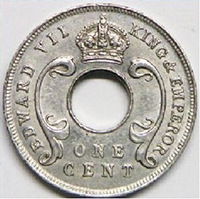
Before the onset of the modern day currency, Kenya’s communities traded and exchanged goods and services, one to another or using intermediaries that had been accepted for trade. Various items have surfaced from archaeological findings that have shown a thriving trade culture existed in the past. These items found in archaeological sites have helped historians and anthropologists to map out the early trade economies and identify the extent of contact between various communities. Barter trade was one of the primary forms of trade during these early periods.

Goods from the coast and the Indian Ocean were exchanged for rice, millet and bananas for local consumption while rock crystal, ivory, and rhinoceros horn were shipped overseas. Clothes, ivory and beads were popular items of trade among East African communities. Various trade routes were born linking the different communities and creating new demand and supply chains for various products from the different regions.

The use of proto currencies such as cowrie shells (Cypraea Moneta), cloth, wire and beads in the hinterland began to form a key component of money for exchange during the early periods. It was an advancement of the barter trading system which already had its challenges of sub-division.
By 1902 the half-cent coin was introduced to replace the cowrie (nsimbi), which had been used in Uganda.
Early use of currency in Kenya commenced with the Arab influence who were among the first to use currency as we know it. In Muscat, they used a silver coin called the Maria Theresa Thaler (MT$), first minted in Austria in 1741 and, not surprisingly, they continued using it when the Sultanate moved to Zanzibar in 1832.
Penetration of coins and notes only started when construction of the railway commenced in Mombasa in May, 1896, to reach Port Florence – present day Kisumu – in December, 1901. The construction, largely the work of Indian labour meant familiarity with the use of rupee coins and notes.
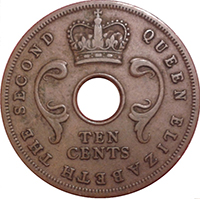
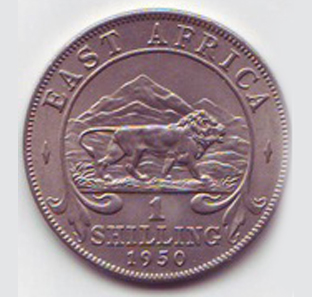
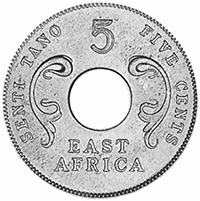
After the World War I, the East African Protectorate was not left out in trying to cope with the challenges of the post war, economic environment. Into this confused money market, a decision was made in December, 1919, to replace the Mombasa Currency Board with a London based East African Currency Board (EACB) which would cater for the existing Protectorates as well as the newly acquired responsibility of providing currency to the Tanganyika Trust Territory.
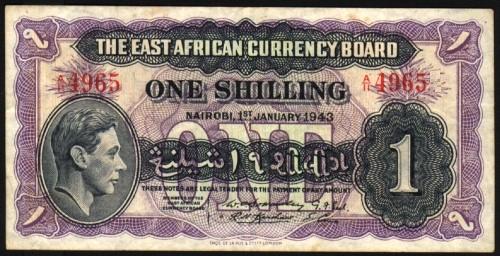
The new coins would be for “East Africa”. At the same time, it was considered opportune to change the currency from Rupees and Cents to a currency convertible to sterling, thereby severing the link with India and implicitly reducing the economic strength of the Asian community.
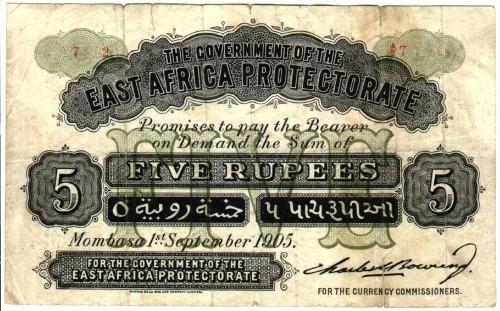
With the establishment of individual Central Banks for the three East African countries, Kenya began printing and minting its own currency under the mandate given to the Central Bank of Kenya in the Central Bank of Kenya Act cap 491.
Banknotes for the Central Bank of Kenya, although not yet issued, were legalised under Legal Notice number 252 of 1966 dated 1st July, 1966. Coins were issued in April 1967. EACB banknotes ceased to be legal tender in September, 1967 while the EACB coins were demonetised in April 1969.

The initial issue of Kenya shilling notes were in the denominations of 5, 10, 20, 50 and 100 shillings, all bearing the portrait of the first President of Kenya, Mzee Jomo Kenyatta, in the front, and diverse scenes of economic activities in Kenya at the back. These notes were the first using the double title of Banki Kuu ya Kenya and Central Bank of Kenya.

But according to the new constitution the coins have been re-made without bearing the photo of the former Presidents but with only symbols of National Unity.
#NewCurrencyKE pic.twitter.com/zjGxSZMT2g
— Dennis Itumbi, HSC (@OleItumbi) December 11, 2018
New Generation Coins launched by President Kenyatta at CBK
KES 1 coin = Bears the image of a Giraffe
KES 5 coin = Bears the image of a Rhino
KES 10 coin = Bears the image of a Lion
KES 20 coin = Bears the image of an Elephant.#NewCurrencyKE
— Dennis Itumbi, HSC (@OleItumbi) December 11, 2018
I think the new face of the coins is good, what are your thoughts?